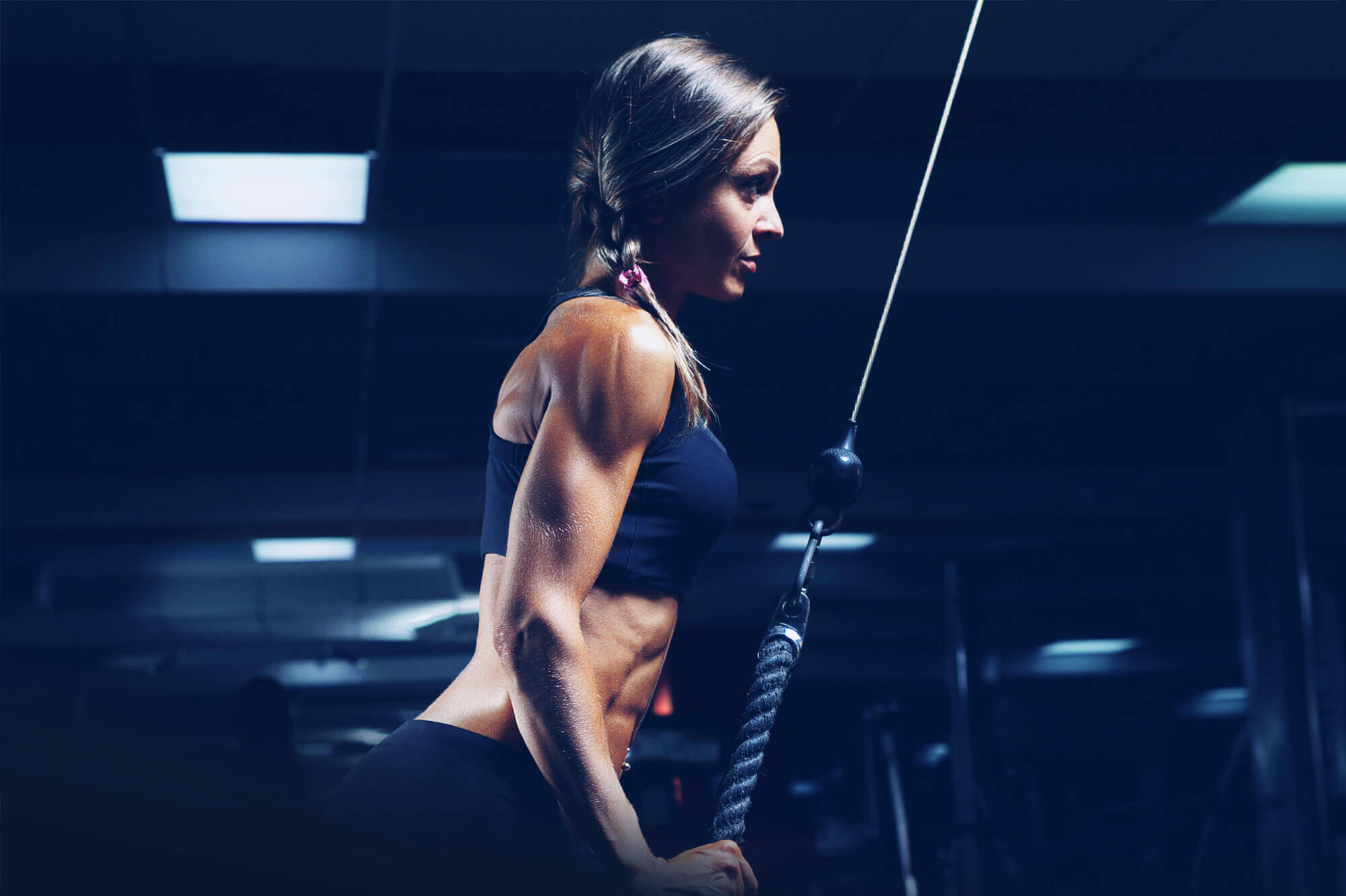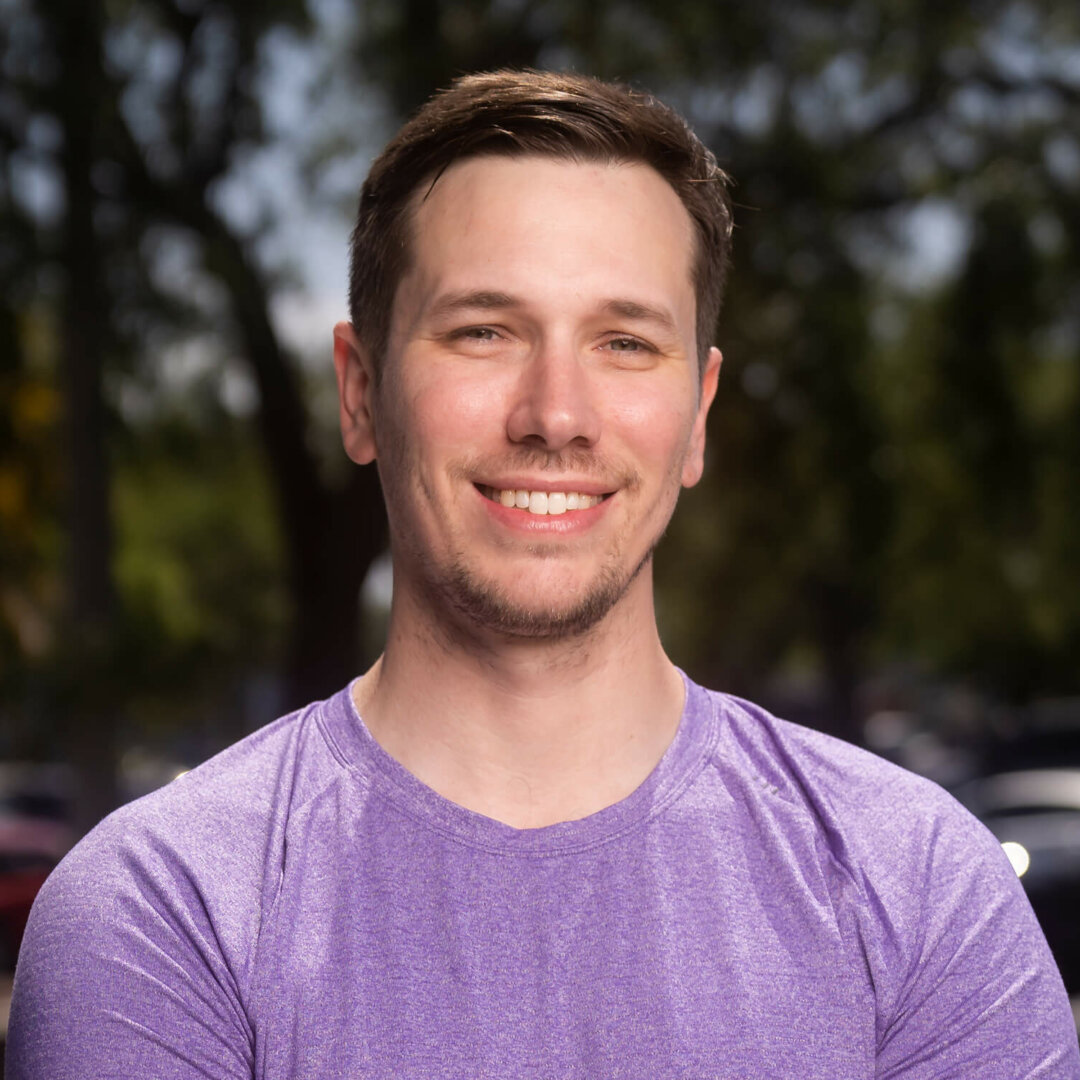There’s rising interest in training muscles in long muscle lengths. A new study investigates two popular exercises targeting the triceps that differ in how they place the triceps in a short vs. long muscle length.
Overview
What did they test? Muscle growth and strength of the triceps brachii were assessed after 12 weeks of training with a neutral arm position or overhead arm position during triceps extensions.
What did they find? The overhead arm position resulted in greater growth of all tricep muscles, with the long head growing the most.
What does it mean for you? Maximizing triceps growth requires placing arms overhead or in a position that lengthens the triceps. More evidence suggests training muscles in their lengthened positions.
What’s the Problem?
There is no single exercise best suited to develop a particular muscle. Some exercises target a greater number of muscles, but that doesn’t necessarily make it a “good” exercise, nor does it make it a “bad” exercise if it targets fewer muscles. However, ask ten bros or "meatheads" at the gym, and they'll give you ten different opinions about the 'best' exercise for building your {insert muscle group}. No doubt, exercise selection is a key variable for effective exercise programming. Choosing which exercises to include in a training plan can be confusing and overwhelming. The vast number of exercises and different modalities (cable, barbell, machine, etc.) contribute to the difficulty in determining which exercises are better than others. Unfortunately, there isn't much research comparing exercises and measuring long-term muscle growth. Most studies comparing different exercises involve electromyography (EMG), isometric or partial range of motion training, rather than long-term changes in muscle growth. While indirect evidence from EMG data or biomechanical simulation can help understand how muscles respond to certain exercises, EMG data isn’t a reliable predictor of meaningful, long-term muscle growth 2. Without proper consideration of various biomechanical and anatomical factors, exercises targeted toward a specific muscle group could be redundant rather than additive, leading to weak points or asymmetrical muscle development. This could be especially important for competitive bodybuilders or individuals looking to target specific muscles.

Common practices for bodybuilders show that they program multiple exercises to target the same muscle to maximize the growth and development of that muscle 3. The late John "Mountain dog" Meadows popularized the saying "angles and elbows" to express different elbow positions can influence the development of specific back muscles. Well, there may be some truth to this type of ‘varied’ training. Growing evidence suggests that variation in exercise selection can enhance strength and muscle mass by preferentially targeting muscles with specific exercises 4. But again, comparisons between specific exercises are lacking. Some patterns are emerging with current studies supporting training muscles in their lengthened position to enhance muscle growth 5. This is also highlighted in the current expert consensus on exercise variation, which promotes working muscles in different planes and angles of pull will maximize muscle adaptations 6. One of the notable studies to investigate this topic was done a few years ago, showing that seated leg curls are superior to lying leg curls for muscle growth 8. This is because the hamstrings are in a lengthened position while sitting because your hip is flexed with your thigh parallel to the ground. This study's unique aspect was that it included a full range of motion with dynamic contractions at long vs. short muscle lengths, unlike most other studies. The same research group decided to build this body of evidence by conducting another study like the last, except now they're focused on another biarticular muscle group, the Triceps Brachii (TB).
When it comes to building overall arm size, the triceps are king, accounting for most muscle volume of the upper arm 7. The primary function of the Triceps is to extend the forearm (elbow extension). The triceps brachii is a muscle group comprised of three separate muscle heads. The long head originates from the shoulder blade (right in your armpit) and converges with the other triceps heads to form the triceps tendon that attaches to your elbow joint. Because of the attachment to the shoulder blade, the long head is bi-articular (crossing two joints: shoulder and elbow) and plays a role in extending and adducting the shoulder blade 9. In the overhead arm position, this head is in its lengthened position, compared to a neutral arm position. The lateral head is the outer muscle usually visible on most people's arms. Originating from the back of your arm underneath your shoulder muscle and converges with the long head into the triceps tendon. The medial head lies beneath the long and lateral heads. Two of the most popular upper body exercises for developing the triceps are cable press downs and overhead triceps extensions 11. While some would suggest including both is necessary to target all three heads, direct evidence is lacking. Until now!
Purpose & Hypothesis
Researchers aimed to compare muscle growth of the triceps brachii with arms in a neutral or overhead arm position. Researchers expected that the overhead-arm group would experience greater growth of the long head of the triceps brachii and the whole triceps brachii muscle group. They also hypothesized that the lateral and medial heads would grow similarly between training conditions.







